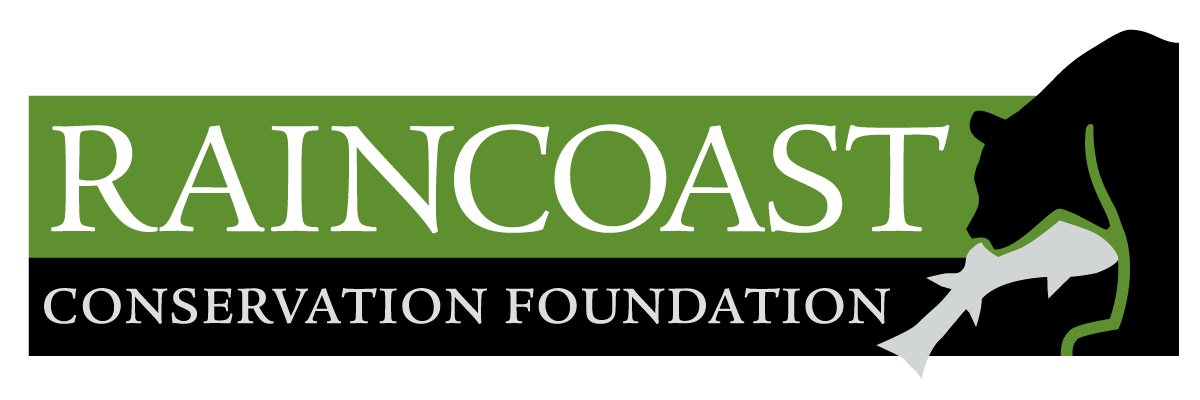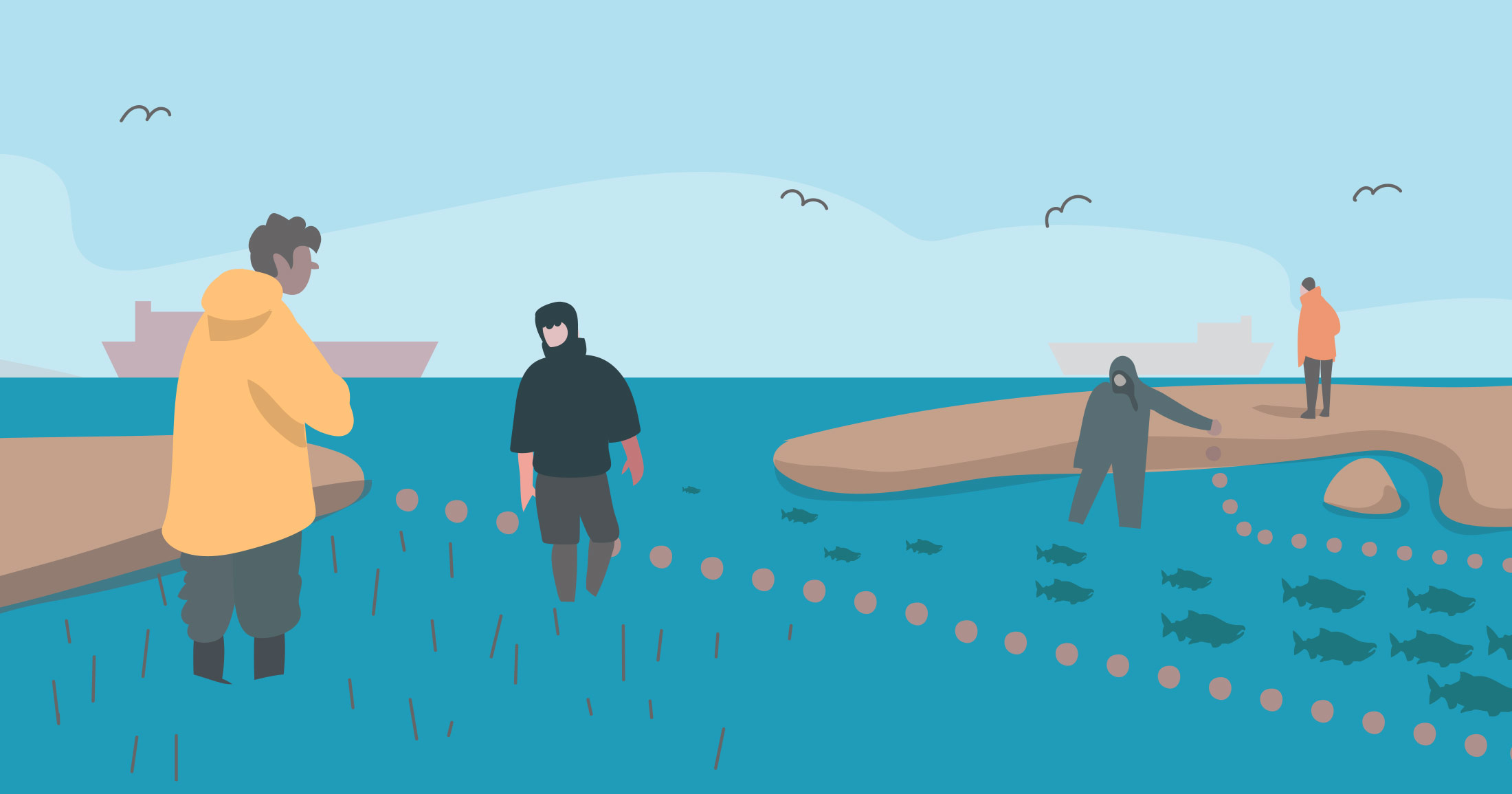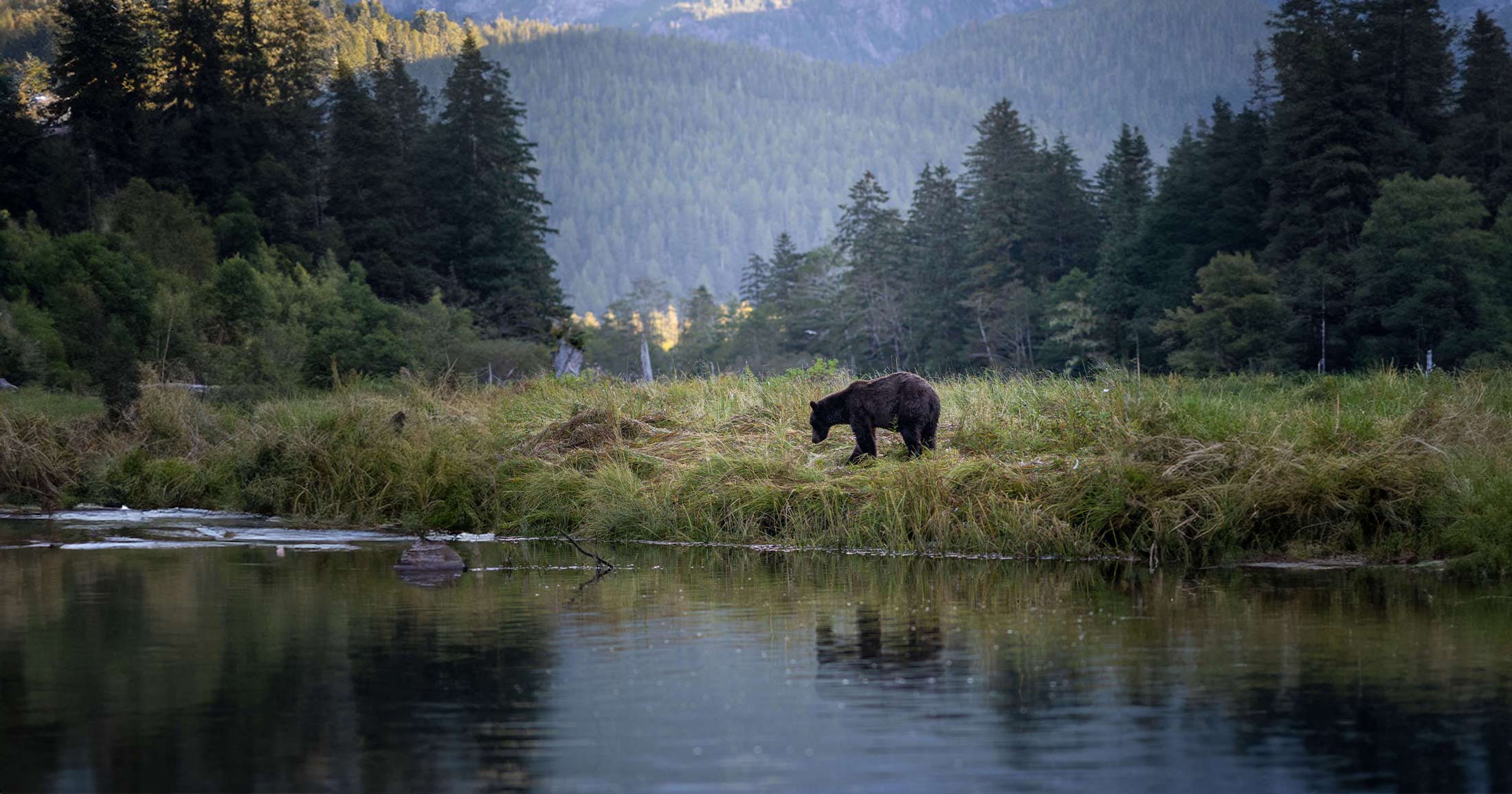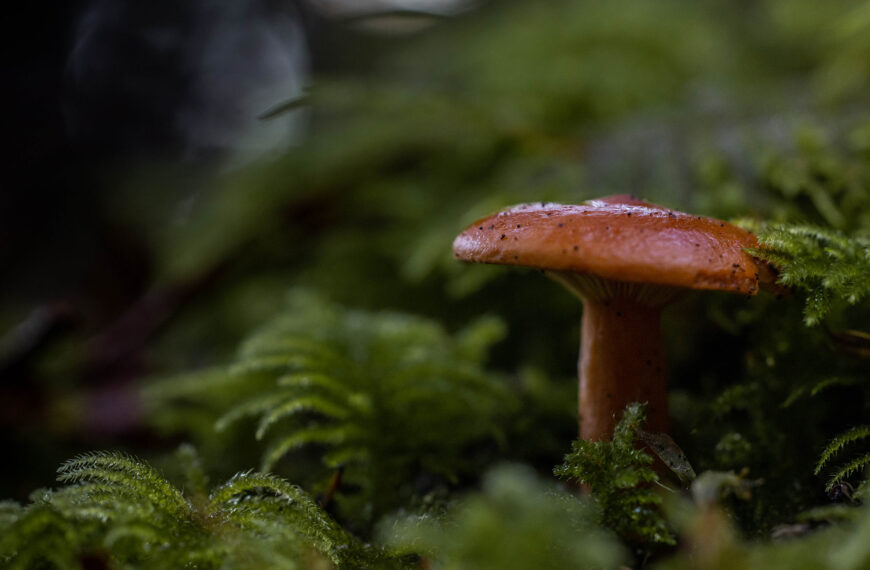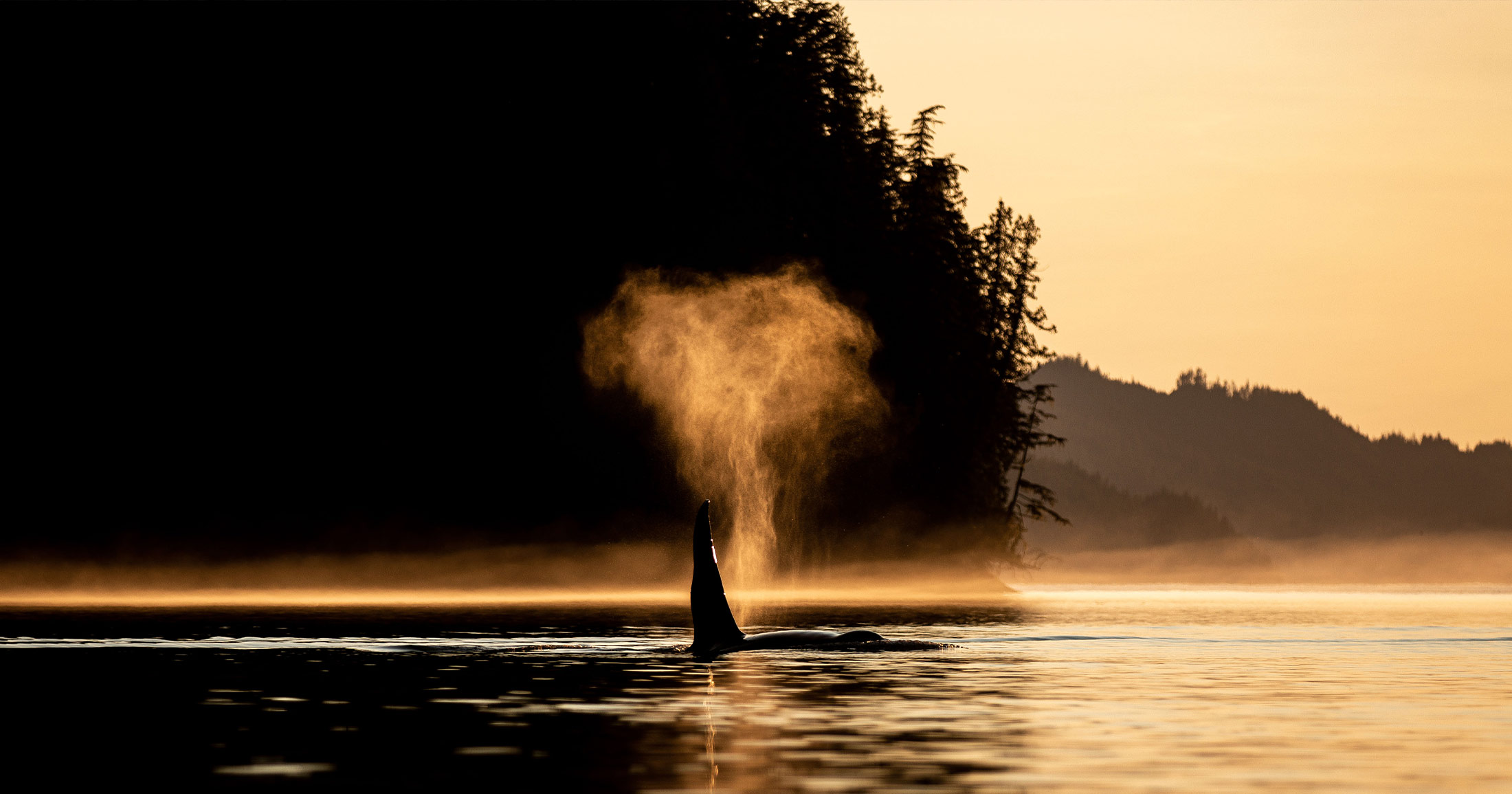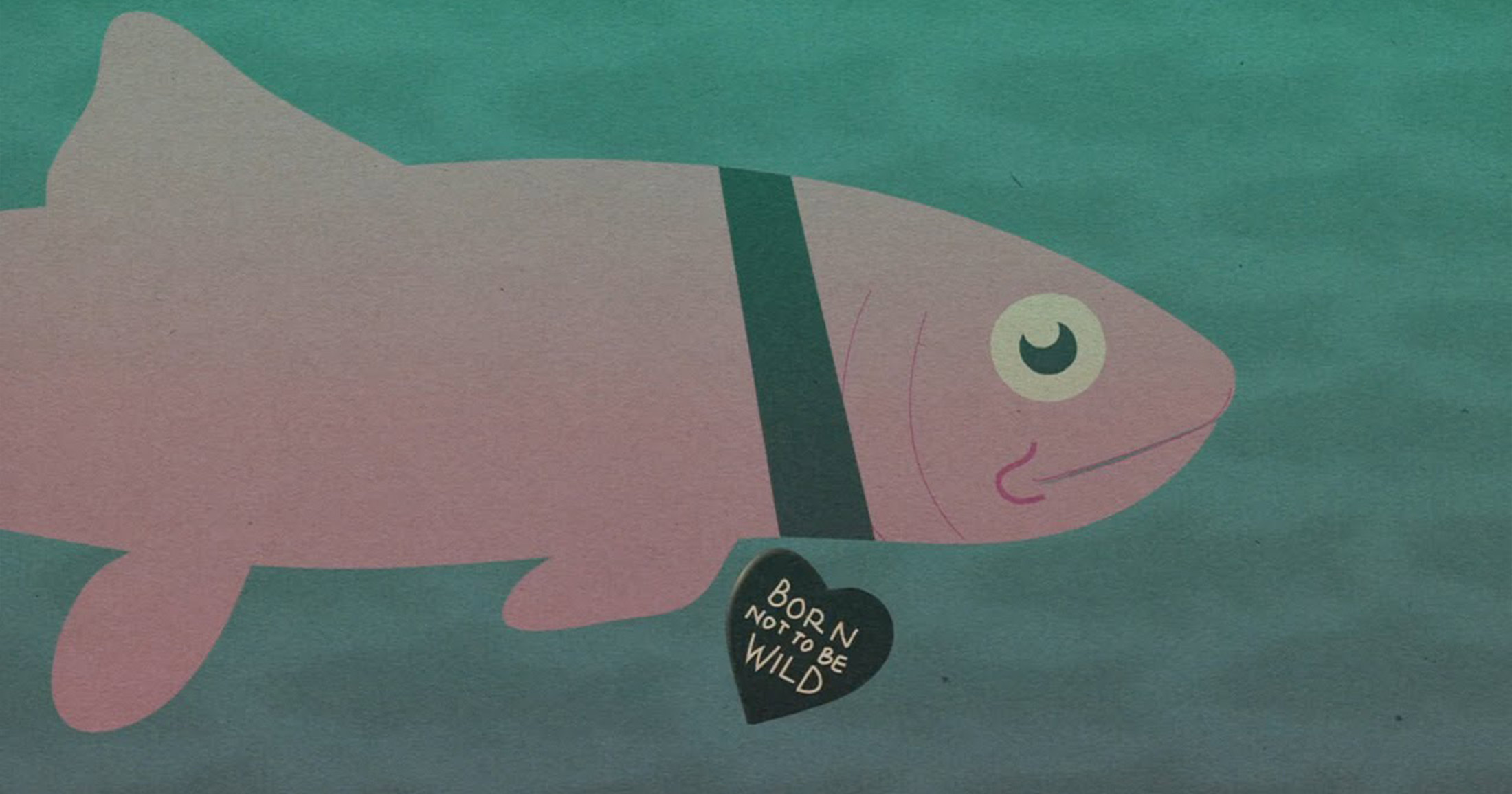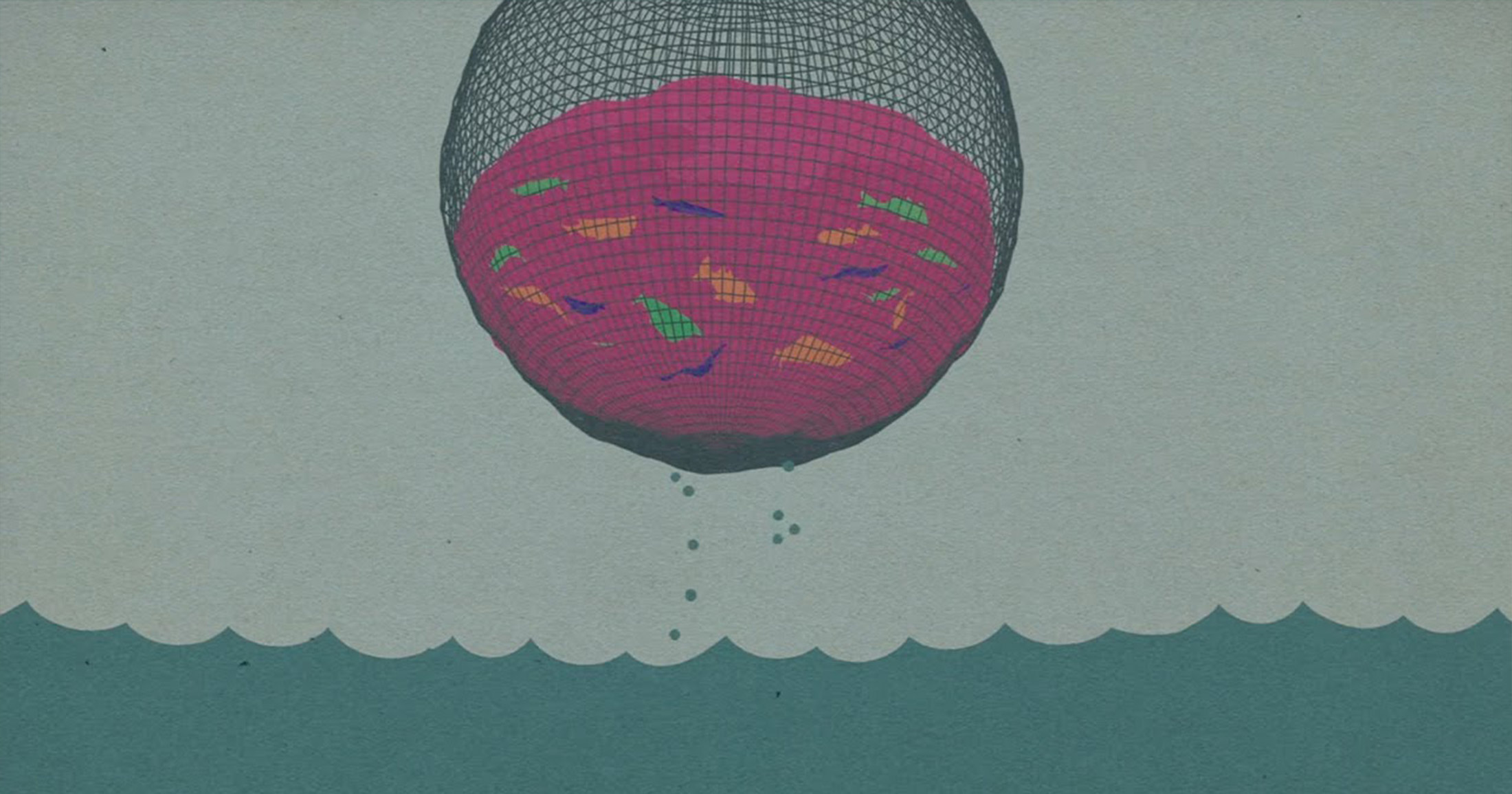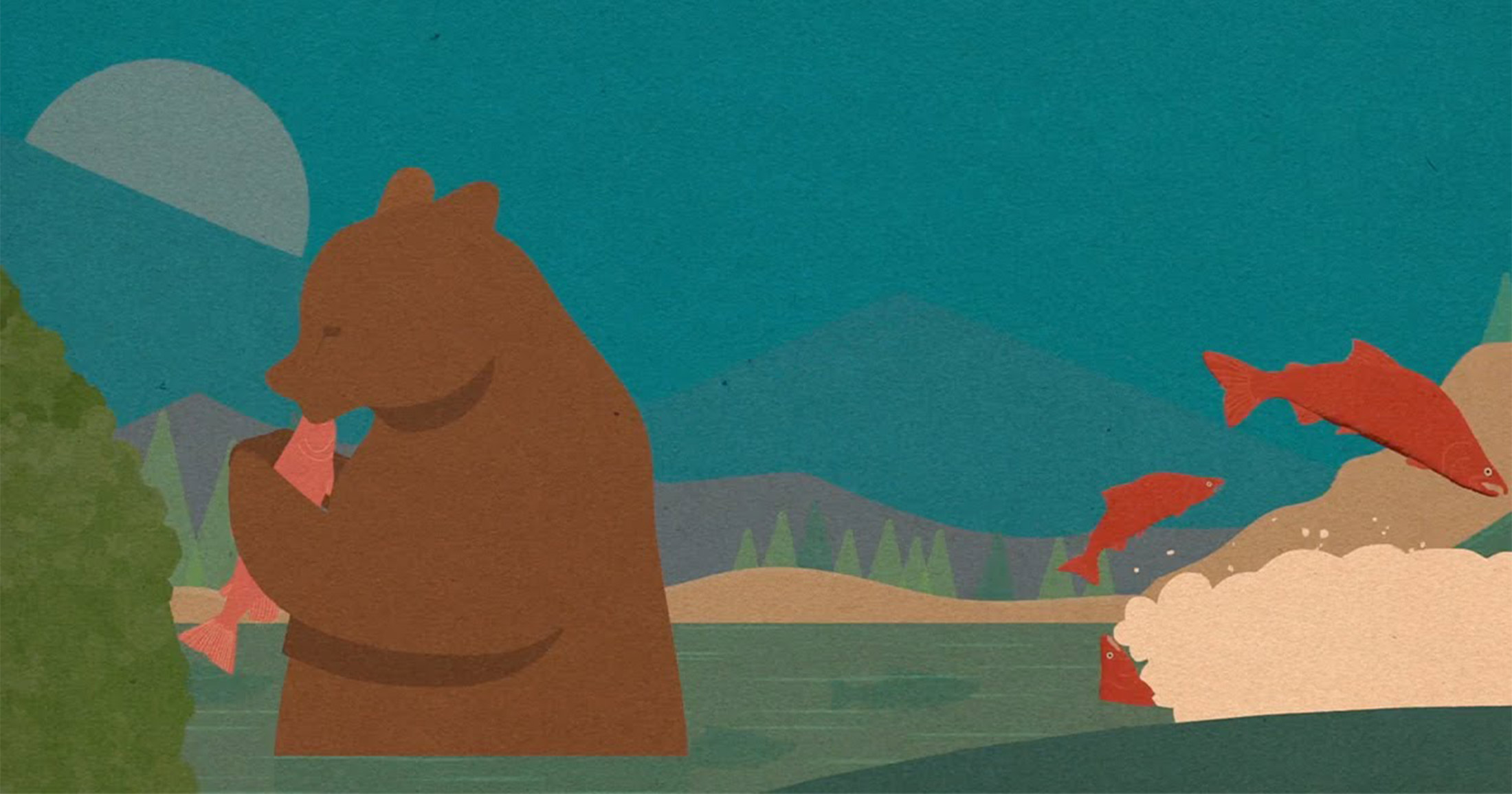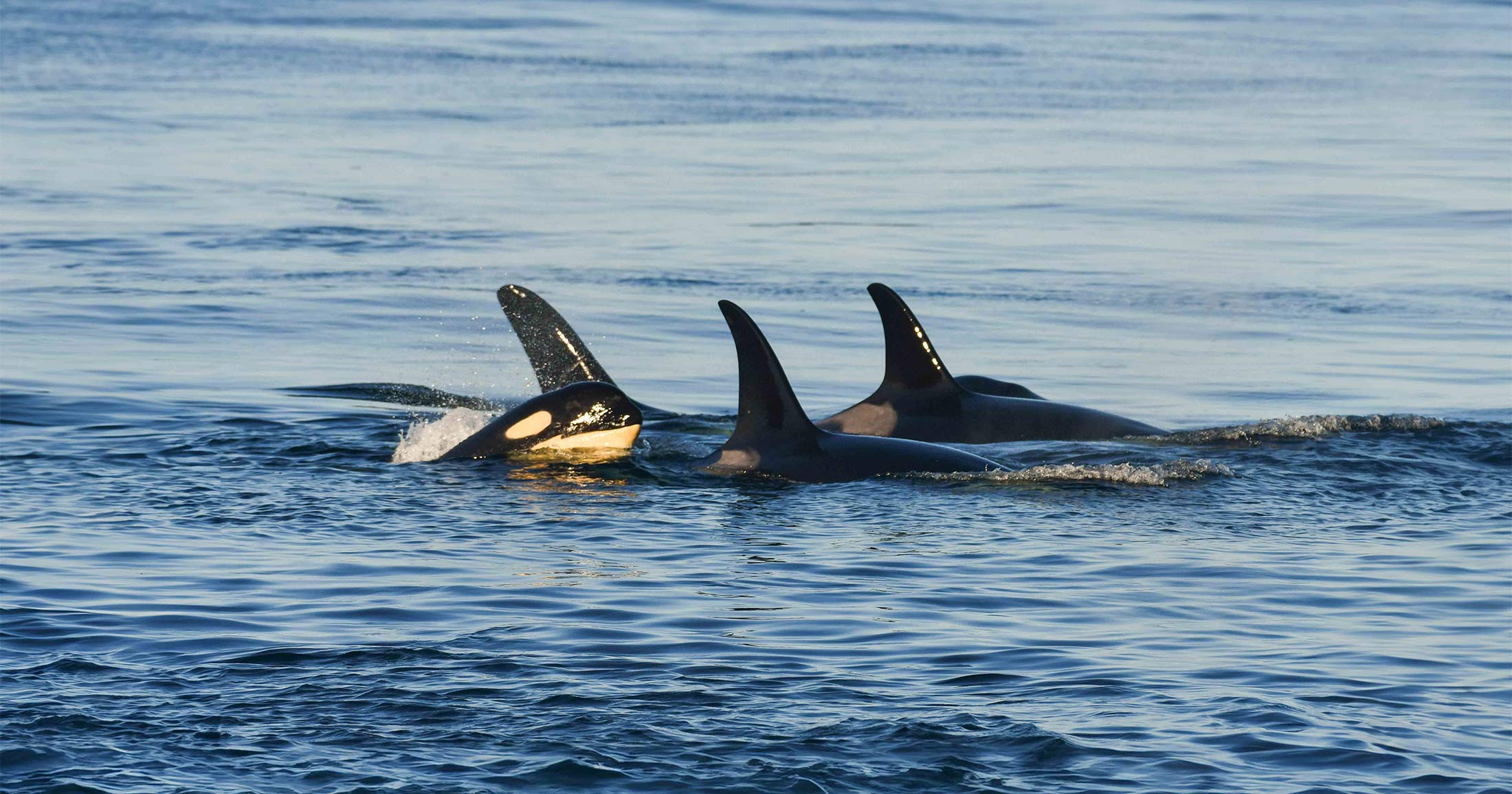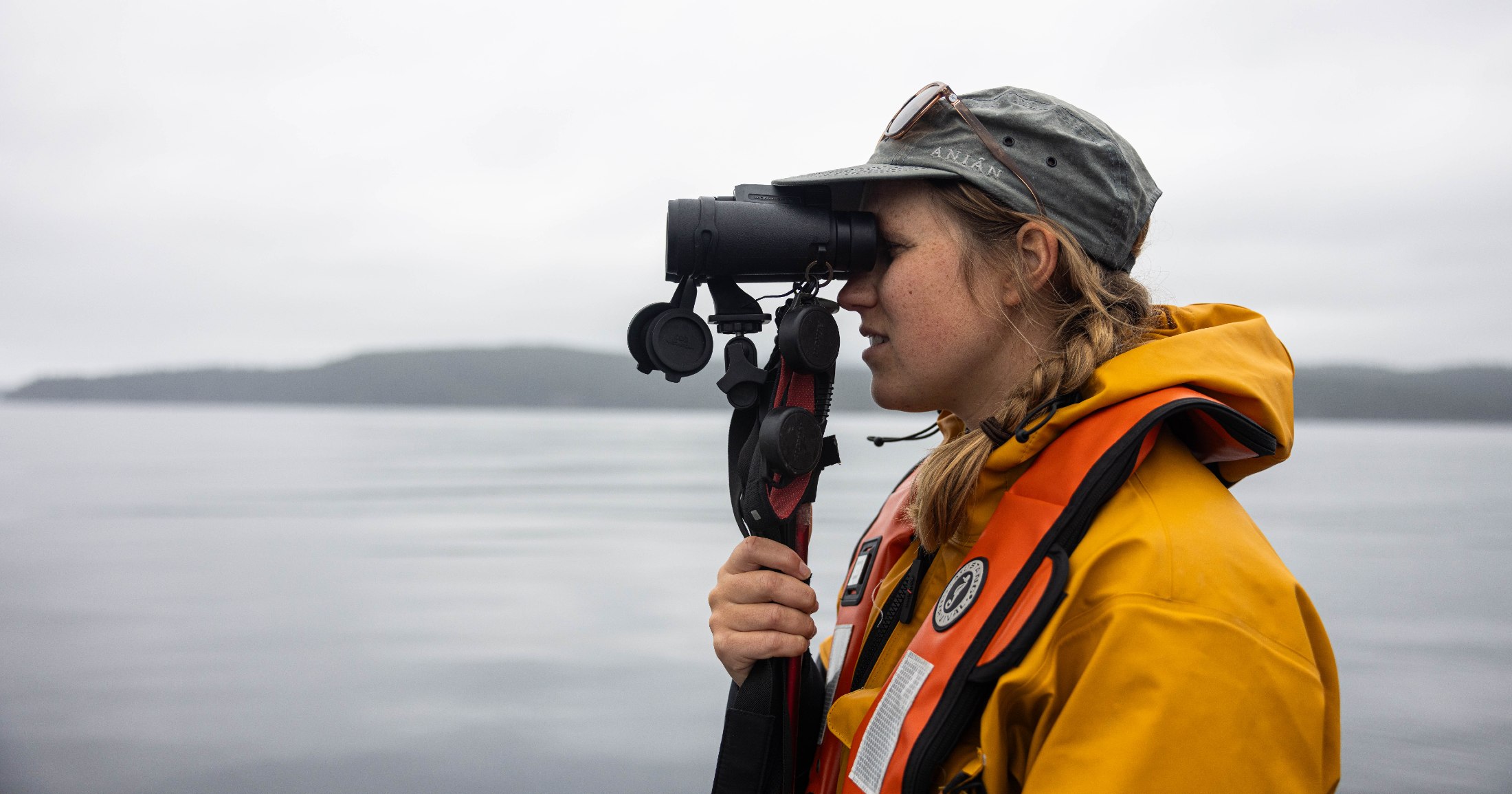Restoring habitat, restoring connectivity in the Fraser River Estuary
The breaches we created in the North Arm and Steveston Jetties have seen immediate success, which is rare for a habitat restoration project.
In 2023, Raincoast continued to restore connectivity in the Fraser River Estuary by placing our second breach into the jetty on the Fraser River’s North Arm. Our work here builds on the three breaches that we previously constructed on the Steveston Jetty. These openings provide juvenile salmon with access routes to important rearing habitat on Sturgeon Bank, originally cut off about a century ago by jetty construction.
We also continued to monitor our breach locations to assess their effectiveness for fish passage. We found high rates of passage through the breaches by juvenile Chinook and chum salmon, with peak rates of over 700 juvenile chum per hour in April. Juvenile Chinook passage peaked in May when we observed over 100 juvenile Chinook per hour passing through the breach. We also captured a small number of juvenile sockeye moving through the breach in May. Overall, this was a large increase in passage rates and demonstrates the effectiveness of this multi-year project, which we are looking forward to adding to with a second breach location in the North Arm Jetty in 2024.
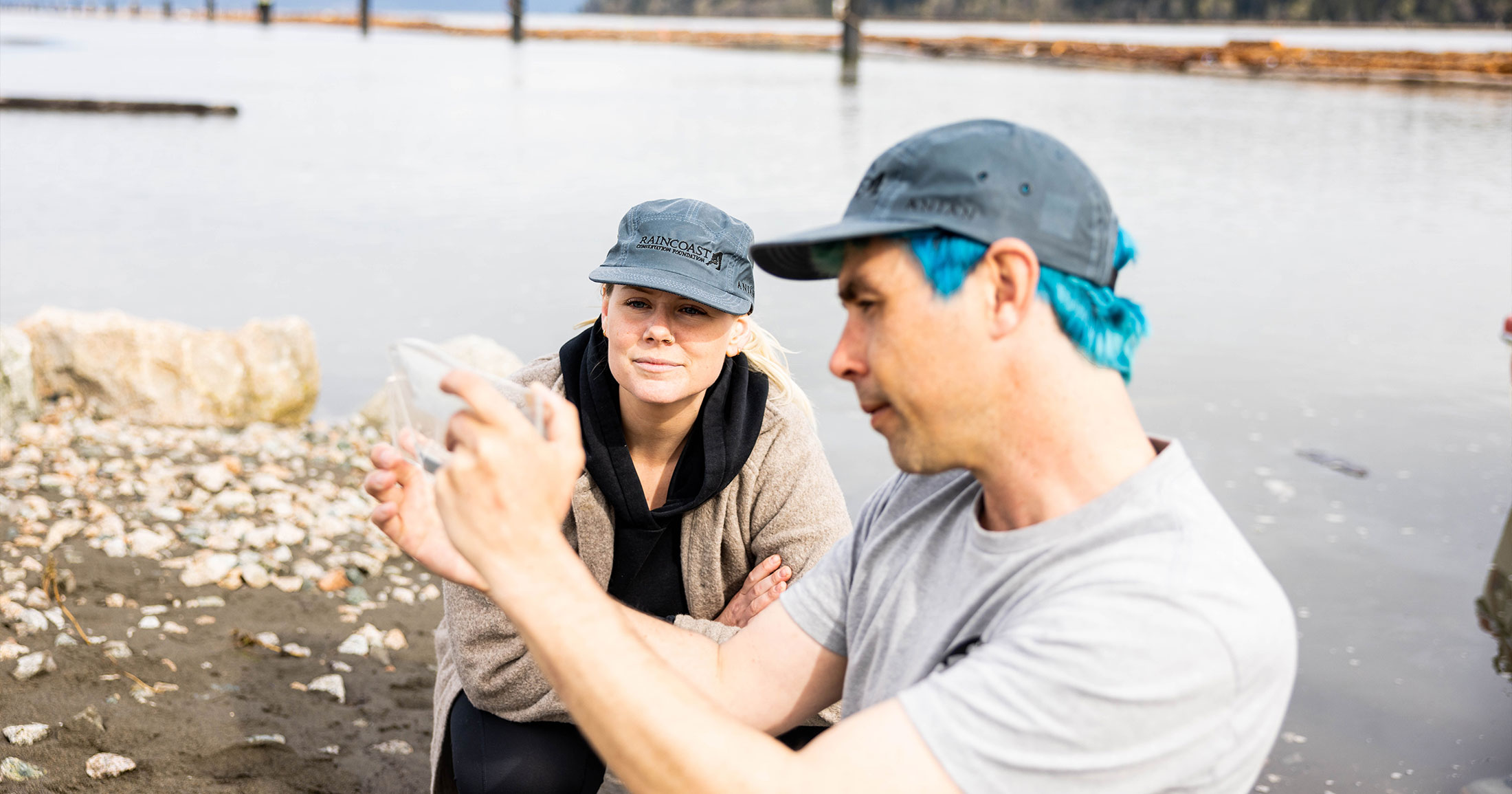
We also began a partnership with Ducks Unlimited and the Lower Fraser Fisheries Alliance to conduct research and restoration at artificially created marshes in the Lower Fraser. We have been investigating juvenile salmon usage and assessing other ecological indicators to identify ways to improve the usefulness of these sites for juvenile salmon.
This is an excerpt from our annual report, Tracking Raincoast into 2024.

Support our mobile lab, Tracker!
Our new mobile lab will enable the Healthy Waters Program to deliver capacity, learning, and training to watershed-based communities. We need your support to convert the vehicle and equip it with lab instrumentation. This will allow us to deliver insight into pollutants of concern in local watersheds, and contribute to solution-oriented practices that protect and restore fish habitat.

